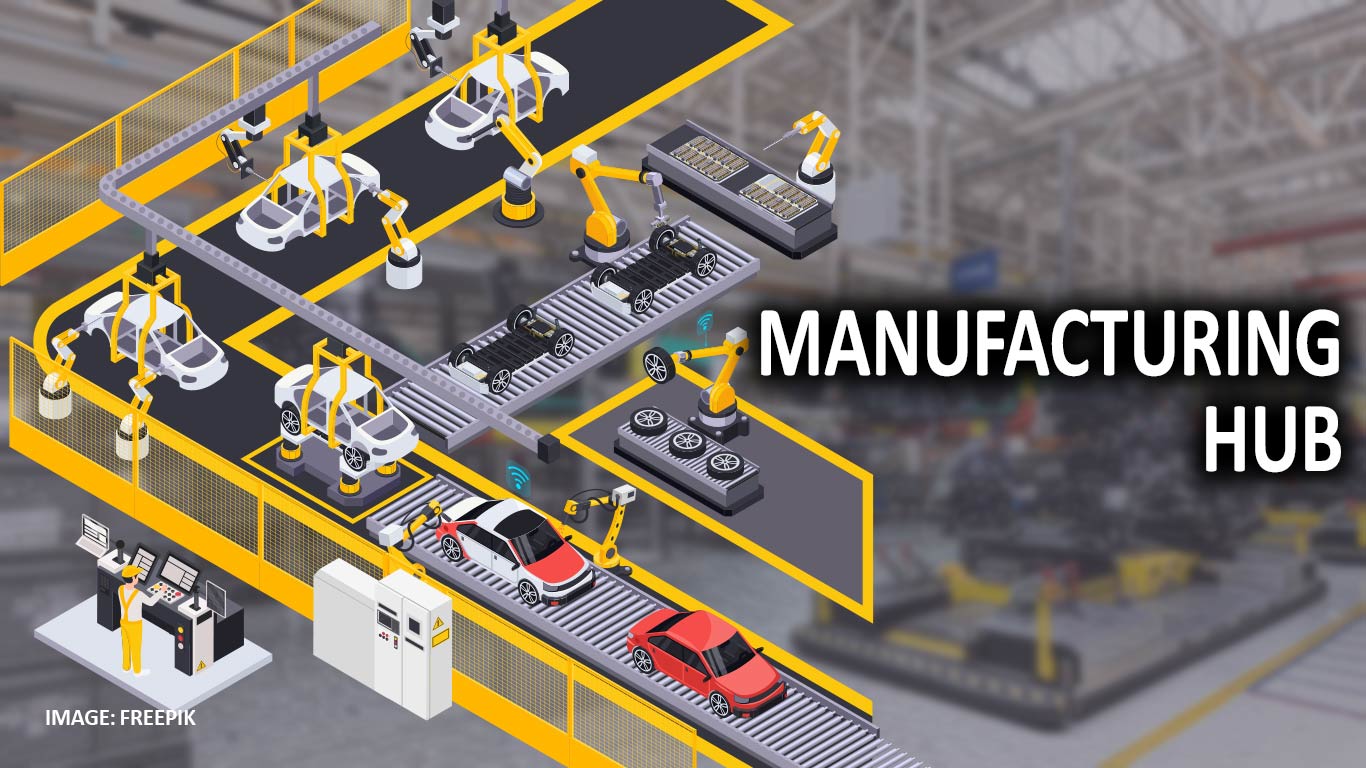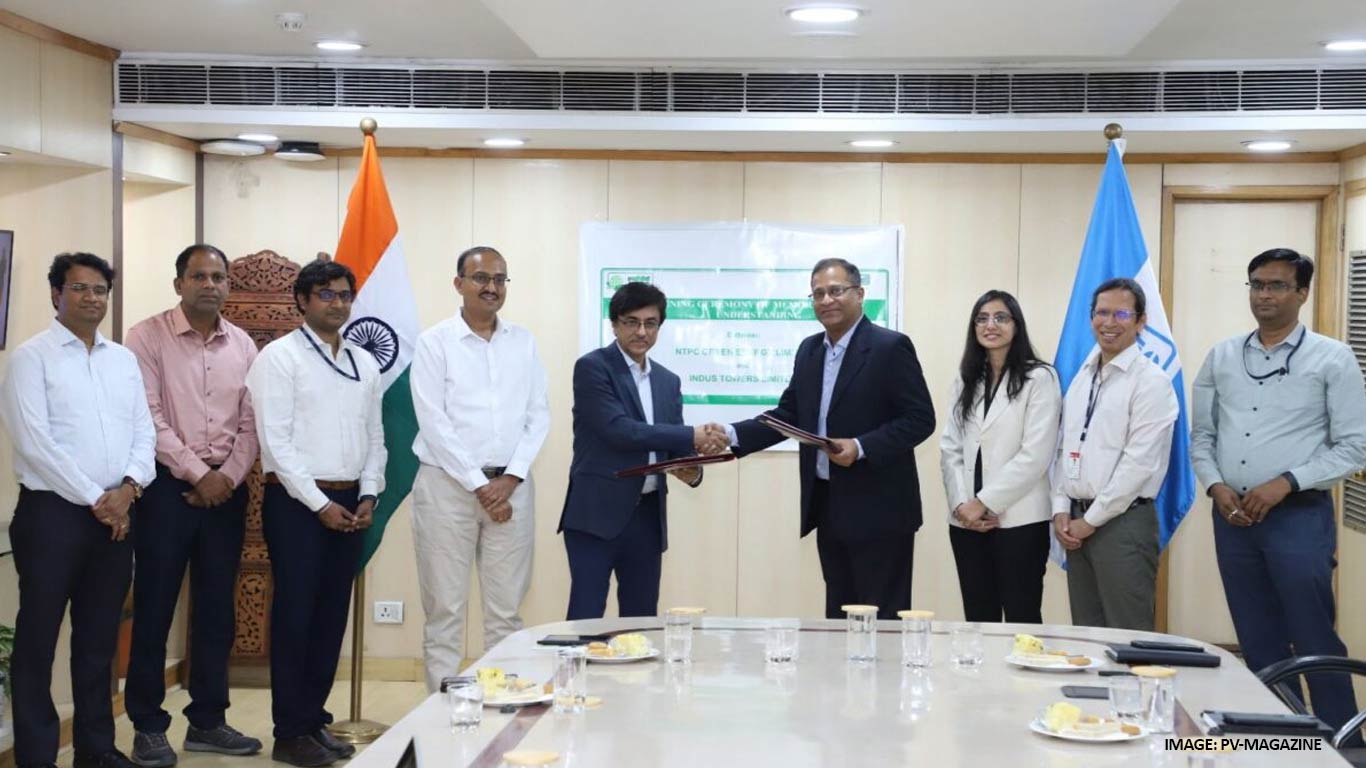Skill shortages mar automobile industry
Updated: Apr 23, 2013 04:06:04pm

New Delhi, Apr 23 (KNN) The availability of skilled personnel does not match with the growing manpower requirement of the Indian automobile sector, said a report of the government-appointed expert group.
“The quality of the personnel employed, both in terms of knowledge and skills is not appropriately matched to the requirements of the automobile industry in India,” said the report on evaluation of the ongoing Assistance to Training Institutions (ATI) scheme of the Ministry of MSME.
In the sector, 5-7 per cent of the total workforce is required to be on the executive level with Bachelor’s degree in engineering but availability is only two per cent. Similarly, 3-4 per cent of the total personnel are needed to be managers with Master’s degree in engineering but the availability is only 1.5 per cent.
The skill shortages continue despite the fact that there are about 3,346 engineering and technology institutes in India, as per the data of All-India Council for Technical Education (AICTE).
“Significant gap in the auto component sector is the availability of skilled manpower. The problem is not so much in terms of quantity but more in terms of quality of manpower available in the sector,” says the report.
The Small Scale Industry (SSI) contributes 23 per cent to the auto component sector in the country.
The size of the auto component industry is about Rs 1.1 Lakh crore. It has grown at an average rate of 17 per cent Compound Annual Growth Rate (CAGR) over the last decade.
“Out of the total, about 77 per cent of the production (by value) of auto components is by players in the organized sector while the remaining 23 per cent is by the SSI sector,” says the report.
The Society of Indian Automobile Manufacturers (SIAM) has estimated that the Indian Automotive Industry provides direct and indirect employment to over 130 Lakh people.
Direct employment includes personnel working with automobile Original Equipment Manufacturer (OEM) and auto component manufacturers (about 30 – 40 per cent).
Indirect employment includes personnel working in the enabling industries, such as vehicle finance and insurance industry, vehicle repair, vehicle service stations, vehicle maintenance, vehicle and component dealers, drivers, cleaners etc., and are about 60 - 70 per cent.
Moreover, a study conducted by the National Council of Applied Economic Research (NCAER) revealed that the market segments for auto components included OEMs constituting 33 per cent, local components having 25 per cent with the balance 42 per cent comprising of spurious market including re-conditioned parts.
A large part of the spurious or grey market companies are in the un-organised sector.
The report says, there is requirement of manpower and skills based on changing industry needs and business environment as the auto component manufacturers should be able to supply at lower costs.
Factors such as higher capacity utilization, low cost of manpower, higher productivity of manpower, ability to procure at lower prices from small scale sector suppliers are critical to being cost competitive.
Apart from availability of trained human resources, access to new technologies, investments in research and development and cost competitiveness are critical drivers of the auto component sector.
The emerging trends such as increasing electronic contents in the form of Electronic Control Units (ECUs), various sensors such as lambda sensors and wheel speed sensor etc. can be the reason behind skill gap.
A lambda sensors or an oxygen sensor is an electronic device that measures the proportion of oxygen (O2) in the gas or liquid being analysed in automobiles.
The other reasons can be complicated engine designs, thereby increasing the import component. Plastics are emerging as a replacement to metals in even load-bearing functional or structure parts such as frames for front end modules, plastic clutch systems, brake pedals etc.
The gap can also be due to better production planning, just-in-time concept for better synchronization between OEM and component suppliers, evolution of suppliers from the post of role component suppliers to the developers and suppliers of complete systems which are integral with OEMs designs.
Moreover, assembly process has shifted from component assemblies to assemblies of modules, which has posed a problem.
Use of Information Technology in manufacturing has helped in reducing time to markets, increasing use of simulation and validation tools for process design to save time and effort but has broadened the need for training. (KNN)











